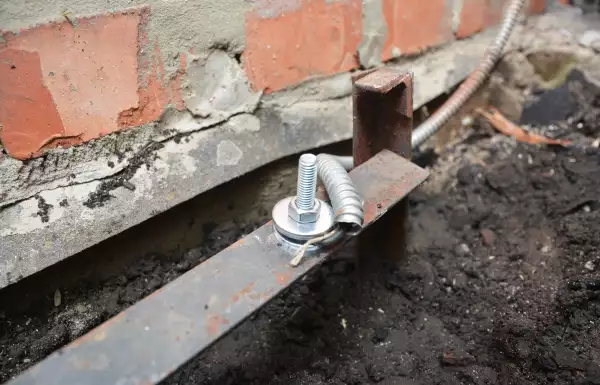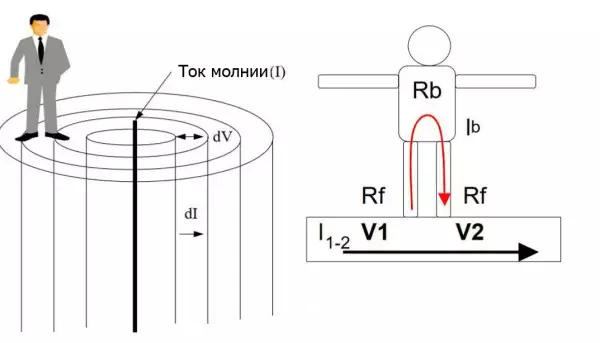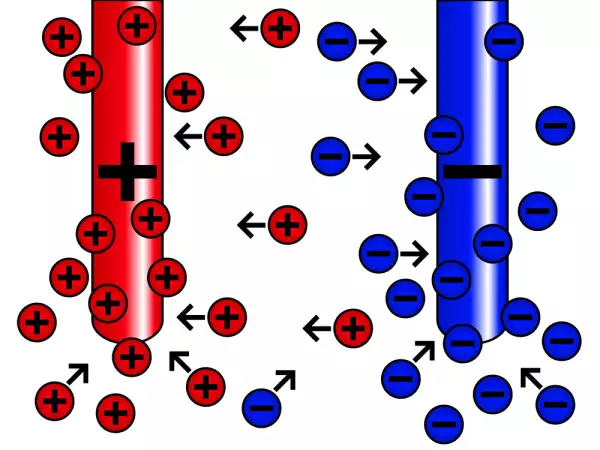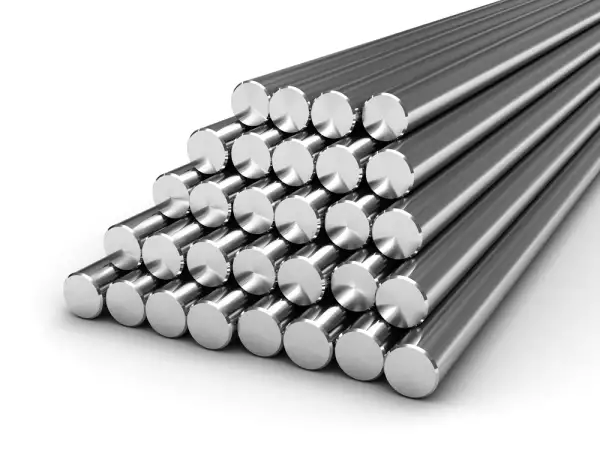
Earlier or later the humanity will reclaim the satellite of our planet - the Moon. There will appear inhabited camps, electric stations and power supply lines on its surface. Along with that, there will appear the need to create the corresponding electric-energy infrastructure which will have to correspond to the certain standards. But will Moon objects be like those on the Earth, will EIC function there too? And the most important question for us: how to make grounding there, or, more precisely - mooning? Let's try to study these questions.
Electric current can hit a human being, both on the Earth and on the Moon. It happens more frequently in the vicinity of the end equipment in residential houses and at the enterprises. The principle of an electric shock protection on our satellite won't be different from the one on the Earth - a grounding device and RCD will be required too. At that, the norm of the grounding resistance should be the same at the electricity voltage comparable with those on the Earth. Usually a vertical electrode 6 m long is enough for 30 Ohm. What about Moon's ground?
The required number of grounding electrodes depends on the soil resistivity. The character of soil conductivity affects the resistivity, that is wether it refers to class of conductors, semi-conductors or dielectrics. The major part of grouns are semi-conductors and dielectrics. In such substances, the conductivity has an ion character and first of all depends on the type of minerals contained in it and their dispersiveness. The texture of particles, their size and shape also influence the result. It is hard to learn such features of the moon ground, but there is another way to estimate its resistivity.
The main factor influencing the ground conductivity on the Earth is its liquid part, consisting of water and agents dispersed in it. Such a solution, being an electrolyte, has ion conductivity, and the mobility of ions, in their turn, depend on the moisture and the concentration of agents dispersed. The content of water most of all impacts the speed of ions' moving. The weakest resistivity of the ground is achieved at the humidity of 15 % and more. At that, the concentration of ions of the dispersed agents should be average, as end indexes: high or low may bring to the increase of the resistivity. Besides, the mobility of ions depends on the moving of the liquid itself, the so-called microjects, which is possible only at the sufficient humidity.
As we see, the characteristics of the Moon's ground are sharply different from those on the Earth. In the absense of water, being the main ionizing environment, the dry soil of the Moon won't have enough conducting parts able to transfer the charges. Besides, the soil conductivity will be affected by the temperature, which stronly influences the agents with ion electric conductivity. On the Moon it may get lower than -200° C, which significantly reduces current conductivity.
All the factors studied tell about a very high soil conductivity on the Moon. The conclusion is not promising, but it is only preliminary. It will be possible to get exact information according to the laboratory researches of the ground samples, or, even better, on the real measuring on the Moon's surface. Let's hope nothing is that bad and our favorite 6-meter set ZZ-6 will be necessary for "mooning" and colonization of other planets.
Read also:
- Unique protection technologies, you knew nothing about!
- Installation of grounding in the Star City by the Expert of the ZANDZ Club!
- Why lightning protection system is necessary for a "Smart House"?
Related Articles:
 Why Cannot Vertical Earthing Devices Be Installed Close to Each Other?
Why Cannot Vertical Earthing Devices Be Installed Close to Each Other?
 Electrolytic Grounding in Permafrost Soils: Should Vertical of Horizontal Electrodes Be Used?
Electrolytic Grounding in Permafrost Soils: Should Vertical of Horizontal Electrodes Be Used?

 Step Voltage: Dangerous Obscurity and Reliable Protection
Step Voltage: Dangerous Obscurity and Reliable Protection
 Nature of Electrochemical Corrosion
Nature of Electrochemical Corrosion
 Public Safety in Land Transport in case of Direct Lightning Strike
Public Safety in Land Transport in case of Direct Lightning Strike


